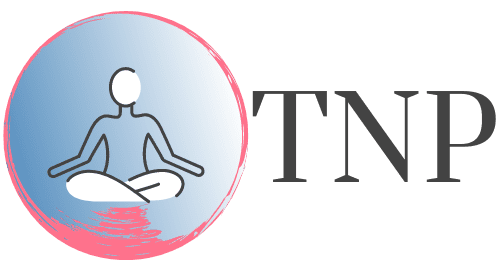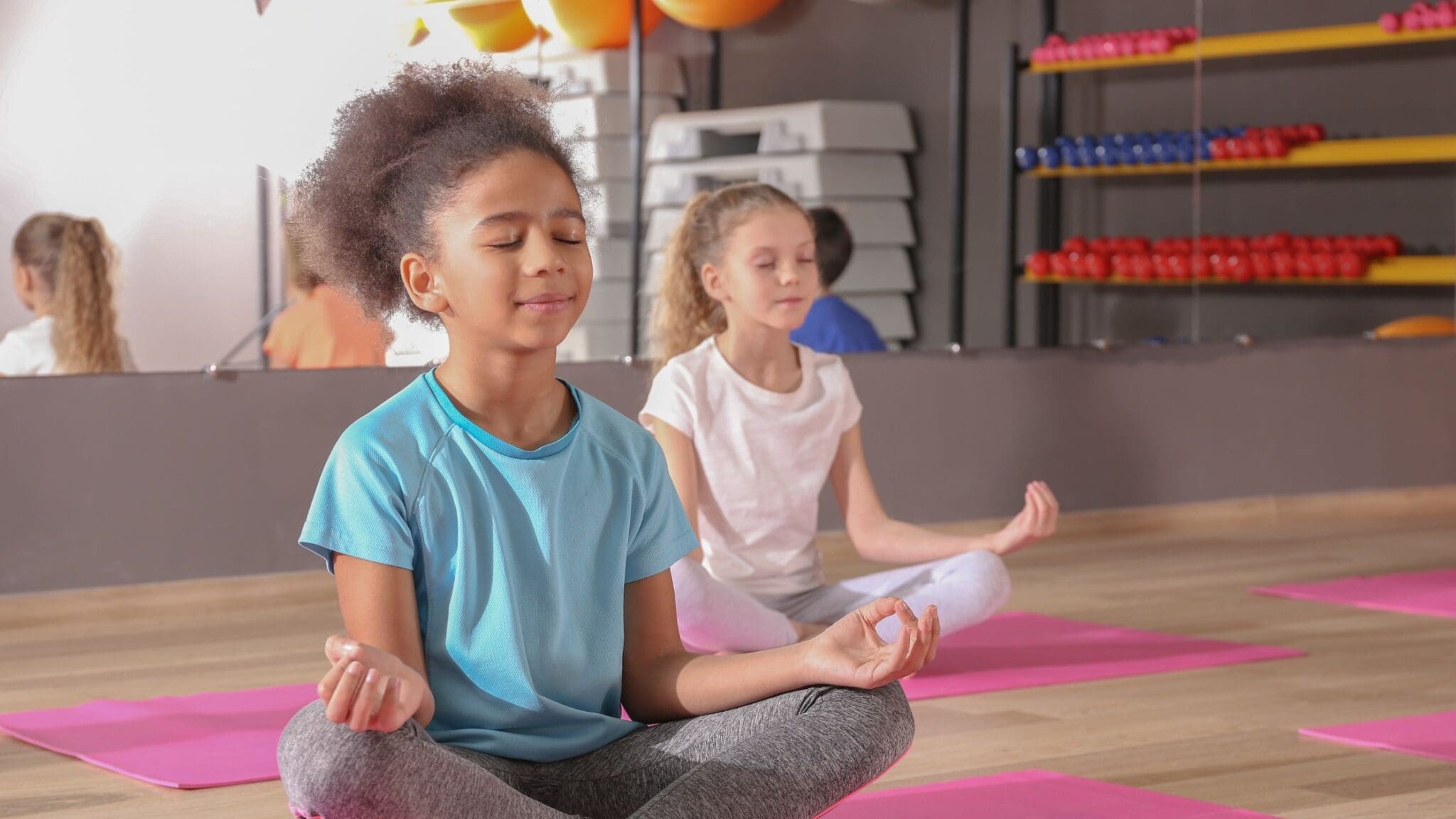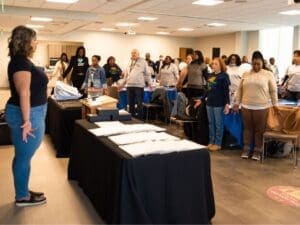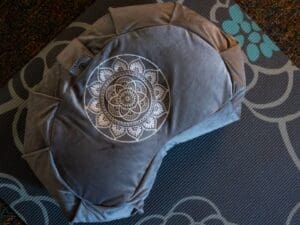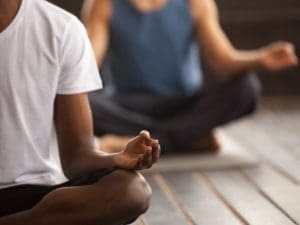- Description
- Curriculum
- Notice
- Reviews
The Kids Yoga Teaching Gap
Are you a certified yoga teacher or movement educator finding that your adult-focused training doesn’t translate effectively to teaching children, especially those who have experienced trauma?
Traditional yoga teacher training focuses almost exclusively on adult practices, leaving many qualified instructors and PE teachers struggling to adapt their expertise for younger audiences. Meanwhile, children’s growing need for mindful movement and emotional regulation tools continues to increase.
Even experienced teachers often find themselves:
- Realizing that adult sequences don’t engage or serve young students
- Missing the tools to make yoga playful and age-appropriate
- Struggling to maintain attention with traditional teaching methods
- Unsure how to modify practices for school environments
- Lacking strategies to support children with trauma histories
This knowledge gap prevents qualified professionals from effectively sharing yoga’s benefits with young students, particularly those who could benefit most from trauma-sensitive movement practices.
At TNP, we've led the way in diverse trauma-informed training since 2019. Our programs offer more than just knowledge; they empower you to advance your career and personal growth. With comprehensive modules and courses, we cater to teachers, parents, and facilitators, providing valuable CEUs along the way. Choose TNP and discover why we're the trusted choice for impactful trauma-informed practices.
